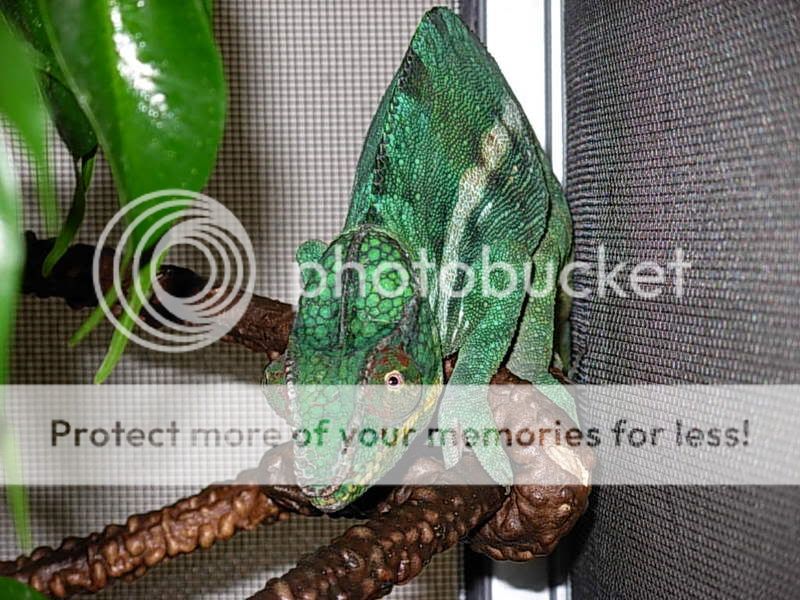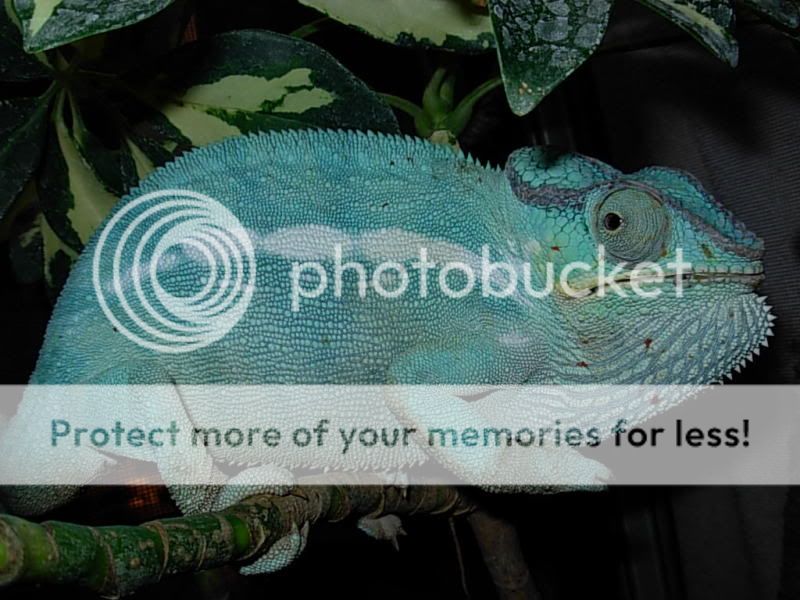fluxlizard
Avid Member
I was thinking about the strong desire to maintain locale purity as I looked at a recent pic of an ambanja.
Most ambanjas I see posted nowadays look *nothing* like the wild caught ambanjas I purchased in the 90s. And I do mean there is a huge difference. That combined with just the general look of many on the market (huge blotches of red in the coloration that just didn't exist in all the WC animals I ever saw) makes me wonder if most CB ambanjas nowadays aren't already crossed out with other locales.
If that isn't the case it makes me wonder if they are even collected in the same locale as the ones I saw in the 90s.
And if that isn't the case, it makes me wonder if people are selectively breeding the most extremely colored individuals in a locale.
Which I'm sure they mostly are.
I remember when the big extreme were the sky blue nosy be panthers. Most nosy bes weren't like them, but every once in a while one would come in that would be a nearly patternless beautiful bright sky blue. I had one myself. Most were banded and green and darker blue.
Which brings me to my thought of the day-
Is it not kind of weird to be on the one hand concerned about keeping locales pure and on the other hand selecting the most "odd" individuals within that local for captive breeding efforts? Wouldn't it be a little more "pure" to breed individuals with more "normal" coloration for the locale?
By odd I mean extreme- like these ambanjas with all the red in them, even if they aren't crosses (which IMHO is more likely than the possibility that they are exceptional- though I readily admit I could be wrong and they could be rare extreme examples in the locale).
Just food for thought. I really am a fence sitter on the purity thing anyway. I would hate to see locale specific panthers disappear from the market, at the same time I myself would pick the most brilliant and unnatural males for breeding anyway- color is for me most of the point of panthers, and as long as everyone involved knows crosses are crosses I see no problem with those either. On the other hand, like I said, I would hate to see the "normal" ones disappear from the market altogether. I like the natural look too. But at the same time I know I would be unable to resist selecting the brightest most colorful as breeders myself. And I know it would be human nature for people to mostly buy their lizards from parents with exceptional coloration rather than the norm found in 99% of the population of a given locale.
I really don't buy the "conservation" idea- panthers from US bred populations will never be suitable for reintroduction, even if panthers were ever to need it (most commonly available morphs won't- they thrive in human disturbed habitat. I don't know about some of the less common morphs though).
I don't buy the "let's keep everyone honest by only breeding pure locales" argument either. So far, fresh blood has to come in regularly from wild populations and it will be pure. Also, if one is worried about purity, in theory anyway, one could be choosey about who one purchased from.
I guess on the other hand- I haven't seen a "normal" ambanja out there in a while in pics of parents on the net. I would have a real hard time believing most are "pure" any longer, even from the ones I have seen on more popular breeders sites (though I have to admit I really haven't looked too long and carefully). So maybe my point about being choosey is a little wrong thinking anyway...
Just some stuff I found interesting to think about today. Thought it would be interesting to hear others thoughts on it.
Thoughts anyone?
EDIT_ Sorry I said ambilobe when I first wrote this- I meant ambanja LOL. I went back through and changed them to ambanja, but if I missed an ambilobe hiding in the text anywhere above, I meant ambanja. I must have ambilobes on my mind- the panthers I keep now are ambilobes. LOL
Most ambanjas I see posted nowadays look *nothing* like the wild caught ambanjas I purchased in the 90s. And I do mean there is a huge difference. That combined with just the general look of many on the market (huge blotches of red in the coloration that just didn't exist in all the WC animals I ever saw) makes me wonder if most CB ambanjas nowadays aren't already crossed out with other locales.
If that isn't the case it makes me wonder if they are even collected in the same locale as the ones I saw in the 90s.
And if that isn't the case, it makes me wonder if people are selectively breeding the most extremely colored individuals in a locale.
Which I'm sure they mostly are.
I remember when the big extreme were the sky blue nosy be panthers. Most nosy bes weren't like them, but every once in a while one would come in that would be a nearly patternless beautiful bright sky blue. I had one myself. Most were banded and green and darker blue.
Which brings me to my thought of the day-
Is it not kind of weird to be on the one hand concerned about keeping locales pure and on the other hand selecting the most "odd" individuals within that local for captive breeding efforts? Wouldn't it be a little more "pure" to breed individuals with more "normal" coloration for the locale?
By odd I mean extreme- like these ambanjas with all the red in them, even if they aren't crosses (which IMHO is more likely than the possibility that they are exceptional- though I readily admit I could be wrong and they could be rare extreme examples in the locale).
Just food for thought. I really am a fence sitter on the purity thing anyway. I would hate to see locale specific panthers disappear from the market, at the same time I myself would pick the most brilliant and unnatural males for breeding anyway- color is for me most of the point of panthers, and as long as everyone involved knows crosses are crosses I see no problem with those either. On the other hand, like I said, I would hate to see the "normal" ones disappear from the market altogether. I like the natural look too. But at the same time I know I would be unable to resist selecting the brightest most colorful as breeders myself. And I know it would be human nature for people to mostly buy their lizards from parents with exceptional coloration rather than the norm found in 99% of the population of a given locale.
I really don't buy the "conservation" idea- panthers from US bred populations will never be suitable for reintroduction, even if panthers were ever to need it (most commonly available morphs won't- they thrive in human disturbed habitat. I don't know about some of the less common morphs though).
I don't buy the "let's keep everyone honest by only breeding pure locales" argument either. So far, fresh blood has to come in regularly from wild populations and it will be pure. Also, if one is worried about purity, in theory anyway, one could be choosey about who one purchased from.
I guess on the other hand- I haven't seen a "normal" ambanja out there in a while in pics of parents on the net. I would have a real hard time believing most are "pure" any longer, even from the ones I have seen on more popular breeders sites (though I have to admit I really haven't looked too long and carefully). So maybe my point about being choosey is a little wrong thinking anyway...
Just some stuff I found interesting to think about today. Thought it would be interesting to hear others thoughts on it.
Thoughts anyone?
EDIT_ Sorry I said ambilobe when I first wrote this- I meant ambanja LOL. I went back through and changed them to ambanja, but if I missed an ambilobe hiding in the text anywhere above, I meant ambanja. I must have ambilobes on my mind- the panthers I keep now are ambilobes. LOL
Last edited:







